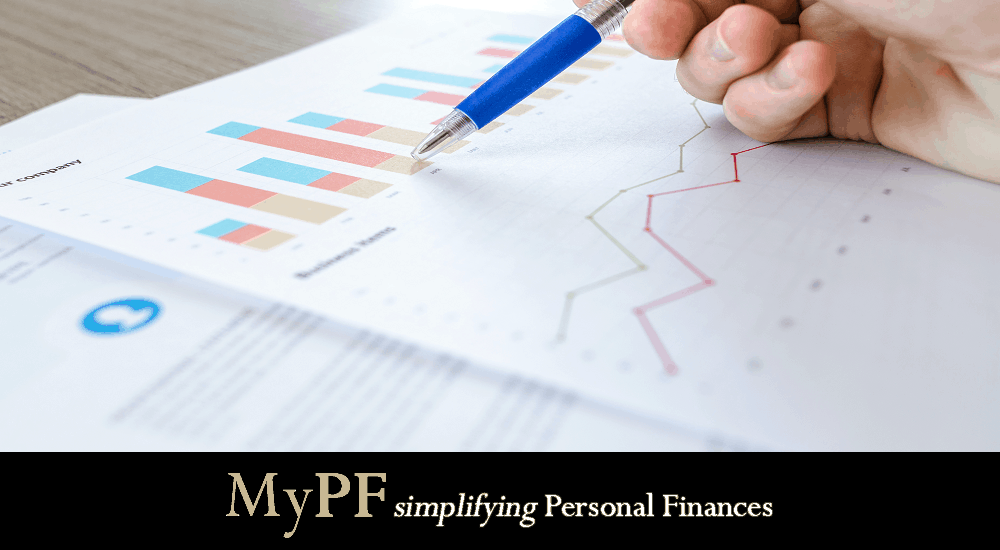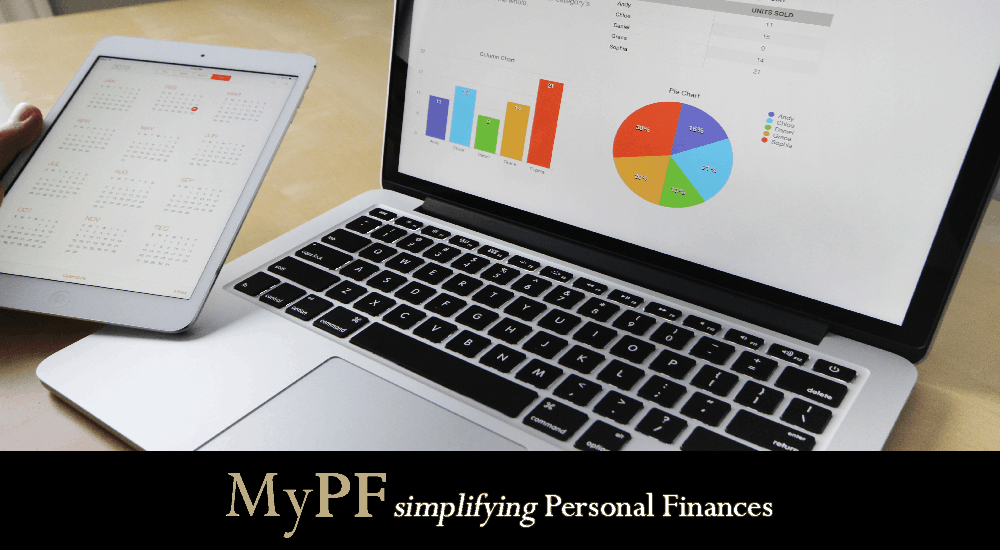Confused about how to invest in property developer stocks? What company information should you be looking at?
Investing in property developer stocks could be a major undertaking. Research into each property developer needs to be done properly to avoid costly mistakes.
If you don’t know what you are looking at or looking for, you could be spending hours and hours reading without getting the information you want.
In this article, we guide you in how to read the data to better analyse property developer companies. Although these steps do not give you a comprehensive picture of the company, you will learn how to pinpoint the essential basics.
Contents
Step #1: Finding Total Developmental Value of Projects
The best way to understand a developer is to understand all the projects it is doing and how much are they worth. So, your first step in research is to find information on the value of all of the projects being done by that particular developer.
How to find these projects? The easiest way is to download the annual report from the developer website under “Investor Relations”. For example, you can find the latest annual report for IOI Properties Group here.
Search for the developers’ ongoing projects in the annual reports through keywords of “gross developmental value” or “project value”. Different developers will have different ways of presenting them, but what is important is to find the total remaining gross developmental value of its projects.
The remaining gross developmental value will tell you how much potential revenue is left for the developer to gain in the future. The higher the remaining value of its projects, the more they will contribute to revenue moving forward.
Step #2: Analysing the Sales Rate
The next step is to find and analyse the sales rate of property developers.
Sales rate is the rate at which the developer is able to sell its launched house units. Its formula is units sold divided by units launched.
Why is this important? The sales rate of the developer determines how effective this developer has been at selling properties from the projects that were launched. The higher the sales rate, the more efficient it has been at generating revenue.
From the annual report, you can search up the keywords of “units launched” and “units sold” to find the figures. From there, you are looking for a sales rate that exceeds 70% as that normally indicates that the developer is at least breaking even on its launched projects.
Sales rate is one of the best indicators to use if you are trying to compare different developers. However, not every developer published these data. Hence, a substitute for this would be to compare the financial performance, which we cover later in point #6.
Step #3: Determine Who Their Buyers Are Mainly
As you know now, houses remained unaffordable to many Malaysians and hence, it is important to know what kind of buyers or customers is the developer catering to. The market can be divided generally into low-, mid-, and high-end sub-markets. Most affordable houses are concentrated in the low- and mid-end of the market.
The best way to do this is to determine the price points of the properties being sold by the developers.
The prices for low-, mid-, and high-end properties vary according to state and the location. However, generally in Malaysia, most low- and mid-end properties are priced around or below RM289,646, which is the median house price for Malaysia in 2019.
You can use this reference point to identify at what prices does the developer sell most of their housing units at. If you are interested in investing in a developer that sells affordable housing to the masses, look for prices below RM289,646. For exposure to the high-end market, look for developers selling properties priced above RM500,000.
Step #4: Location of the Projects
This might seem trivial but is actually very important if you want to invest in property developer stocks. Location is everything when you buy a house and it’s the same for property developers. The success of a project hinges on whether it’s close to the workplace, public transportation, and essential infrastructures (schools, hospitals, etc).
In most annual reports, developers regularly provide details on the locations of their ongoing projects and developments. They are mainly found in the “Management Discussion and Analysis” section.
You are looking to identify whether the location of the projects are in major states such as Klang Valley, Penang, and Johor.
The reasoning for this is because many people from other states migrate to them in search of higher paying jobs. This creates more demand for housing and developers who position their developments according to this trend, could stand to perform better.
This doesn’t mean that developers who have projects in other states are not going to perform well. It all boils down to whether the location is good enough to attract people to stay there, hence the bigger picture here is to investigate whether the projects are near places of employment, public transportation, and other essential infrastructures.
Step #5: Financial Performance
Don’t let this intimidate you. Financial performance of a developer is simply the culmination of two broad trends that you need to identify – revenue growth and profit margins. You don’t necessarily need to know other financial indicators to get a good view on the company.
Firstly, you are looking for steady or better strong revenue growth. You can find the data from websites such as Wall Street Journal, Bursa Marketplace, or Yahoo Finance under “Income Statements”.
Steady here means the developer’s revenue have been consistently growing around 3% to 7% every year. Strong means revenue has been growing above 10%. It is hard to find property developers with revenue growing more than 10% every year and even if you do, they are normally very expensive to purchase.
Secondly, profit margin is profit divided by revenue. It indicates how efficient the developer is in selling properties. The higher the profit margin, the better but you are essentially looking for profit margin that is stable or better, increasing. Generally, most developers make a profit margin of 15% to 25%, and above 30% on a good year.
These two trends of revenue growth and profit margins are sufficient to form a good view on a developer especially for regular investors. Like they say, numbers can’t lie and a good property developer stock has solid financials backing it.
Step #6: Strategy and Future Prospects
Every developer will have a different strategy in how they build and sell houses. It is hard to say which strategy is the best as there is no one size fits all that suits every developer. However, there is something that you can identify through how it writes about its strategy. Is it simple to understand? Does it make sense? These are two questions that you need to answer when you read about its strategy.
From the annual report of companies, you can find out what the developer’s strategy is through reading the section called the “Chairman Statement” where it details what is the thought process of the company.
Don’t be distracted by buzzwords such as “building an excellent culture” or “institute a robust governance framework”. Instead, look for specific action plans the developer has such as “we are using digitalization to engage potential customers in light of the Covid-19 pandemic” or “implementing 3D floor plans for customers to view from their electronic devices”.
In terms of future prospects, this will be more complicated as you would need to have an informed opinion about the developer prospects in the market. Every state will have different trends for housing but generally Malaysians demand more of affordable housing with satisfactory quality. If the developer is catering more towards providing affordable housing, it might be safe to assume that their prospect is at least stable catering towards most of the market.
Conclusion
While analysing property developers might seem daunting at first, it is straightforward and simple if you take the following steps and look for specific information. The annual report of the companies is a vital source here, in providing you the total developmental value of projects, sales rate, customer profiles and projects location. Finally, you can derive simple analysis of the financial performances, strategy, and future prospects of property developers.
Let us know in the comments below how you analyse property developer stocks!











Leave A Comment